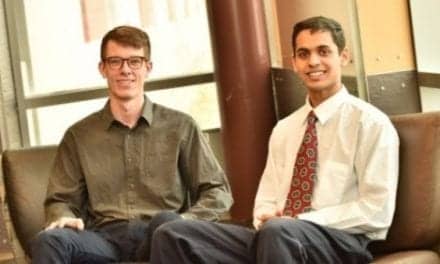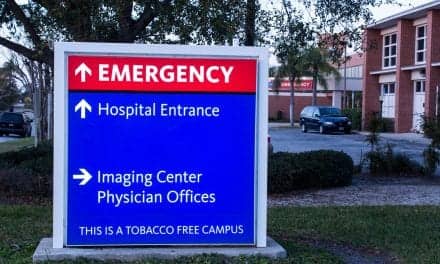The “graying of America” has become almost cliché, and yet it needs to be taken with deadly seriousness by all health care workers, including RTs.
According to the US Census Bureau, the resident population aged 55 and older increased 13% to 67.1 million between 2000 and 2005. The greatest increase was among Baby Boomers, with an increase of 25% to 30.4 million; but there was also a significant increase in the 85 and older group, up 20.2% to 5.1 million.1 By 2030, these numbers will double,2 creating opportunities and challenges for the health care industry and system.
Although the majority of older adults have at least one chronic condition,2 most desire to stay independent and mobile, creating markets for multiple devices, such as portable, lightweight oxygen conservers that they can take anywhere, even to the skies, and mobility devices such as high-end scooters that allow users to pack up and go and, in some cases, have oxygen holders and all-terrain tires.
But along with the opportunities come great challenges: This generation of older adults will be the most diverse ever seen with more education, increased longevity, more widely dispersed families, and more racial and ethnic diversity; there is a shortage today of all types of health care workers, especially in long-term care settings; and, overall, health care workers are not adequately trained to care for older adults.2
What does this have to do with you?
In a position statement,3 the AARC encourages respiratory care educators/managers to include gerontology modules in respiratory care training program curricula, but according to one of RT’s editorial advisory board members, an educator in a California respiratory care program, his school does not have such a module nor, in his opinion, do many schools. “Most geriatric training comes from clinical,” he says via personal communication.
His statement supports the Institute of Medicine’s findings that the health care workforce receives very little geriatric training, even though all health professionals care for older adults to some degree. And, if the institute’s projections are accurate, you will be caring for a lot of elderly patients in the coming years. Enhancing the geriatric competence of health care professionals, RTs included, should be a priority in all programs. We can do this by offering educational curricula and training programs, requiring health care professionals to demonstrate their competence in caring for older adults as a criterion of licensure and certification, and recruiting more geriatric specialists who can train the workforce in geriatric principles.2
Although the NBRC does not now offer certification in geriatric care, nor, it appears, do many schools offer this specialized training, as they do for neonatal and pediatric care and pulmonary function specialization, it would not surprise me a bit if, in the coming years, as the impact of the aging population is more deeply felt, the board and schools will realize how important it is for RTs to be fully competent to care for elderly patients and offer programs that will ensure that the needs of this generation of older patients are met.
—Marian Benjamin
[email protected]
References
- US Census Bureau. Population Profile of the United States. Older Adults in 2005. Available at www.cdc.gov. Accessed January 5, 2009.
- Institute of Medicine. Retooling for an Aging America: Building the Health Care Workforce. Available at www.iom.org. Accessed January 5, 2009.
- AARC Position Statement. Respiratory Care of the Geriatric Patient. Available at www.aarc.org. Accessed January 5, 2009.









